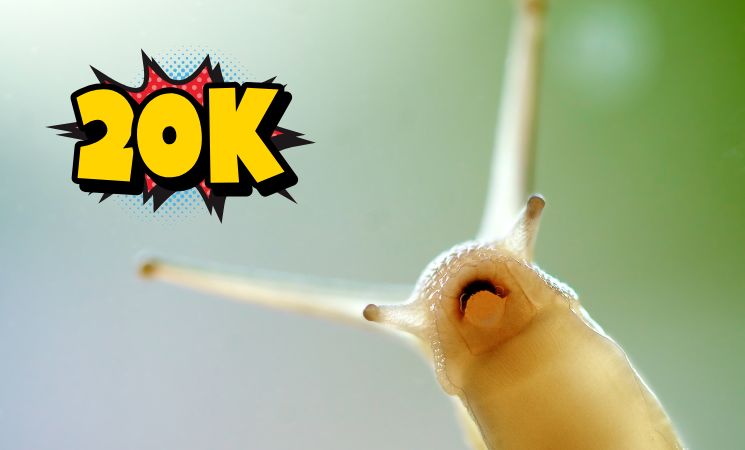Do Snails Really Have Thousands of Teeth?
Have you ever looked at a snail and wondered, “How does this tiny creature even eat?” The answer might surprise you – snails have thousands of teeth!
A Closer Look at Snail Teeth
When I first learned about snail teeth, I couldn’t believe it. These tiny creatures possess a fascinating structure called the radula, a ribbon-like organ covered with rows of microscopic teeth. Depending on the species, snails can have anywhere from 10,000 to over 20,000 teeth.
These teeth are not just for show – they allow snails to scrape and grind food, a crucial function for survival. Interestingly, the teeth of certain marine snails are considered the strongest biological material, even surpassing spider silk!
The Many Faces of Snails: Types You Should Know
Snails come in a wide variety of species, each uniquely adapted to its environment. Here are three main types of snails and what makes them stand out:
Land Snails found in gardens and forests, they feed on plants and organic matter. Examples include the Garden Snail (Helix aspersa) and the Roman Snail (Helix pomatia). Freshwater Snails Living in ponds, rivers, and lakes, these snails help maintain water ecosystems by eating algae and decaying material. Popular examples include Apple Snails and Mystery Snails. Marine Snails found in oceans, they range from algae grazers like Turban Snails to carnivorous Cone Snails that hunt prey using a venomous harpoon.
Each type of snail plays a unique role in its environment, making them essential to ecosystems worldwide.
What’s on the Menu for Snails?
Snails may be small, but they have surprisingly diverse diets. In my backyard, I’ve often seen them munching on leafy greens, but their food preferences go beyond just plants.
Land Snails enjoy leafy greens, fruits, and decomposing plant matter. Freshwater Snails feed on algae, aquatic plants, and sometimes small insect larvae.
All snails need calcium-rich foods, like eggshells or chalk, to maintain their shells. Their diet not only keeps them healthy but also benefits the ecosystems they inhabit, especially by cleaning up decaying organic matter.
How Do Snails Use Their Teeth?
A snail’s radula functions like a “tongue with teeth,” scraping food into tiny, digestible pieces. Over time, worn-out teeth are replaced, ensuring the radula remains functional.
For example, predatory snails like Cone Snails use their radula as a harpoon to catch prey, a truly fascinating adaptation. This incredible feeding mechanism highlights how snails have evolved to thrive in various environments.
Beyond Teeth: The Unique Anatomy of Snails
Snails are more than their shells and teeth. Their anatomy is a marvel of nature, designed to ensure survival in diverse conditions. Key features include:
Their shell act as a mobile home and a shield against predators. Their foot produce mucus for smooth gliding across different surfaces.
Their tentacles help them sense the world around them, with eyes located on the longer tentacles. Their mantle produce their protective shell and aids in breathing.
These features, combined with their incredible feeding system, make snails one of nature’s most adaptable creatures.
Why Snails Are More Than Meets the Eye
Snails contribute significantly to their ecosystems and are far from ordinary. They consume decomposing matter, helping to recycle nutrients in the soil. Mystery Snails are valued for eating algae and keeping tanks clean. Aquatic snails like Apple Snails eat insect larvae, reducing pests.
Despite their small size, snails are mighty contributors to the balance of nature.
A Final Thought on Nature’s Tiny Engineers
Snails might seem simple, but their intricate anatomy, fascinating feeding mechanisms, and diverse diets reveal just how extraordinary they are. From their thousands of teeth to their ability to adapt to almost any environment, these tiny creatures are a testament to nature’s ingenuity.
Next time you spot a snail, take a closer look. You might just gain a newfound appreciation for these remarkable little engineers of the natural world.












